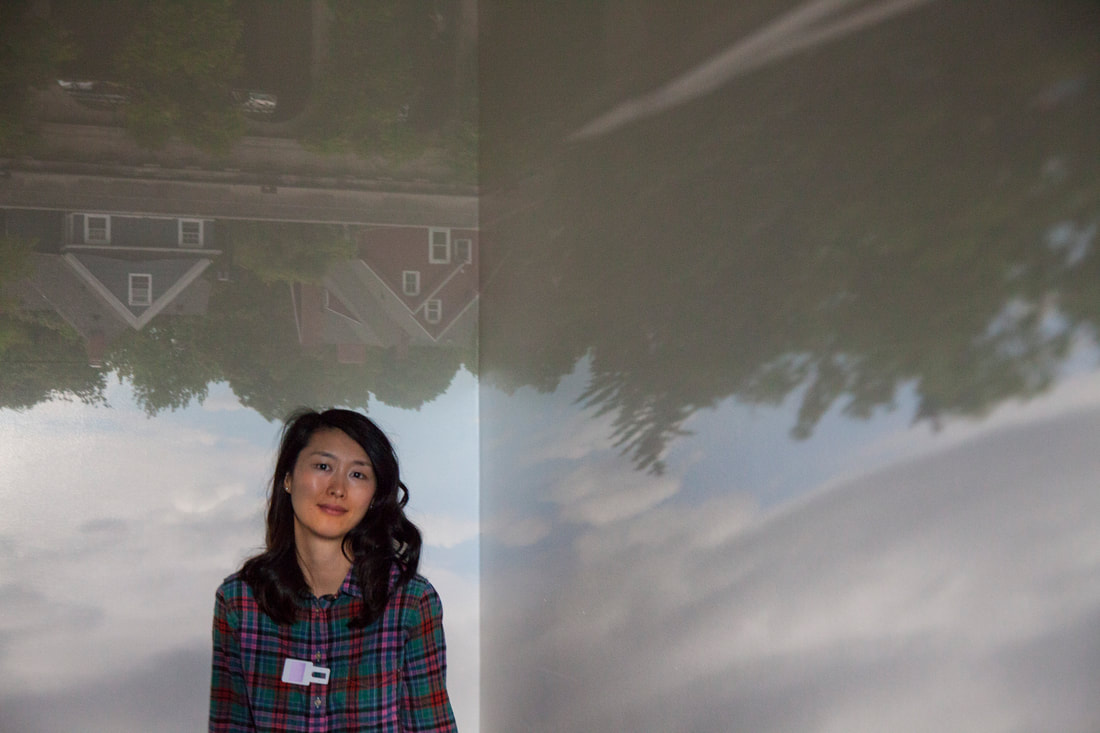Meet the Board:
Jackie Chi
Jackie is a Paper Conservator at the Huntington Library, Art Museum, and Botanical Gardens.
Acknowledgements
I acknowledge that the land now known as Alhambra, California rests on the ancestral and unceded territories of the Kizh and Chumash people whom I recognize as the traditional inhabitants and stewards of where I currently live and work. For over ten thousand years, countless generations of indigenous communities have cared for this region's native ecosystem and continue to share their wisdom and practices with us today. I pledge to listen and help bring light to their experiences and stories, as I continue to work in the field of cultural heritage preservation. I honor their history, culture, and traditions and pay my respects to their Elders past, present, and emerging.
I acknowledge that the land now known as Alhambra, California rests on the ancestral and unceded territories of the Kizh and Chumash people whom I recognize as the traditional inhabitants and stewards of where I currently live and work. For over ten thousand years, countless generations of indigenous communities have cared for this region's native ecosystem and continue to share their wisdom and practices with us today. I pledge to listen and help bring light to their experiences and stories, as I continue to work in the field of cultural heritage preservation. I honor their history, culture, and traditions and pay my respects to their Elders past, present, and emerging.
|
Give me a memorable moment from your days as a Fellow.
I often remember the cozy seating area in Joan Irving’s office who was my major supervisor and is officially the Assistant Director of Conservation and Senior Paper Conservator at Winterthur, but unofficially, she holds the title of conservation mom for all her paper conservation students past and present. Next to the coffee table where we would sit and talk was a giant papyrus that towered over us, and among my favorite memories is of watching her watering and worrying about the health of this enormous plant she had inherited from her past supervisor, John Krill. The thought of generations of paper conservators keeping this plant, once used to make a writing surface, alive is very sweet. The Dutch and Danish word hygge comes to mind. What class prepared you best for your career and why? I believe the overview we received of all the specialties during the entire first year of the conservation program has been immensely helpful in my early career, not only in that I have been able to apply the knowledge I gained, but also in the way that it has allowed my curiosity to grow on a solid foundation. Having background knowledge and some familiarity with the tools, techniques, and issues faced in other specialties helps keep you nimble as a problem solver and open to collaboration, and I hope to let my career in conservation be a path of life-long learning. What book do you consider to be essential reading? My two favorite works of nonfiction are Patterns of Culture by Ruth Benedict and The Fire Next Time by James Baldwin, and I consider those to be critical reading, but I feel that for me, short fiction was how I first entered, explored, and internalized the stories of many different people, and that was essential for shaping who I am today. At my first job, my boss had every issue of Granta magazine dating back to the early 1980s, and my appreciation of this form grew as I borrowed one each week to read; thus began my now growing collection of short story anthologies and love of Raymond Carver, Alice Munroe, and Miranda July. The following quote from Patterns of Culture remains incredibly important to me: “In reality, society and the individual are not antagonists. His culture provides the raw material of which the individual makes his life. If it is meagre, the individual suffers; if it is rich, the individual has the chance to rise to his opportunity. Every private interest of every man and woman is served by the enrichment of the traditional stores of his civilization.” |

